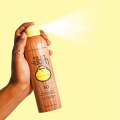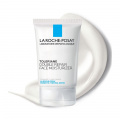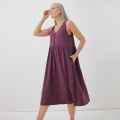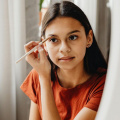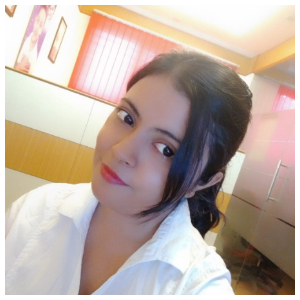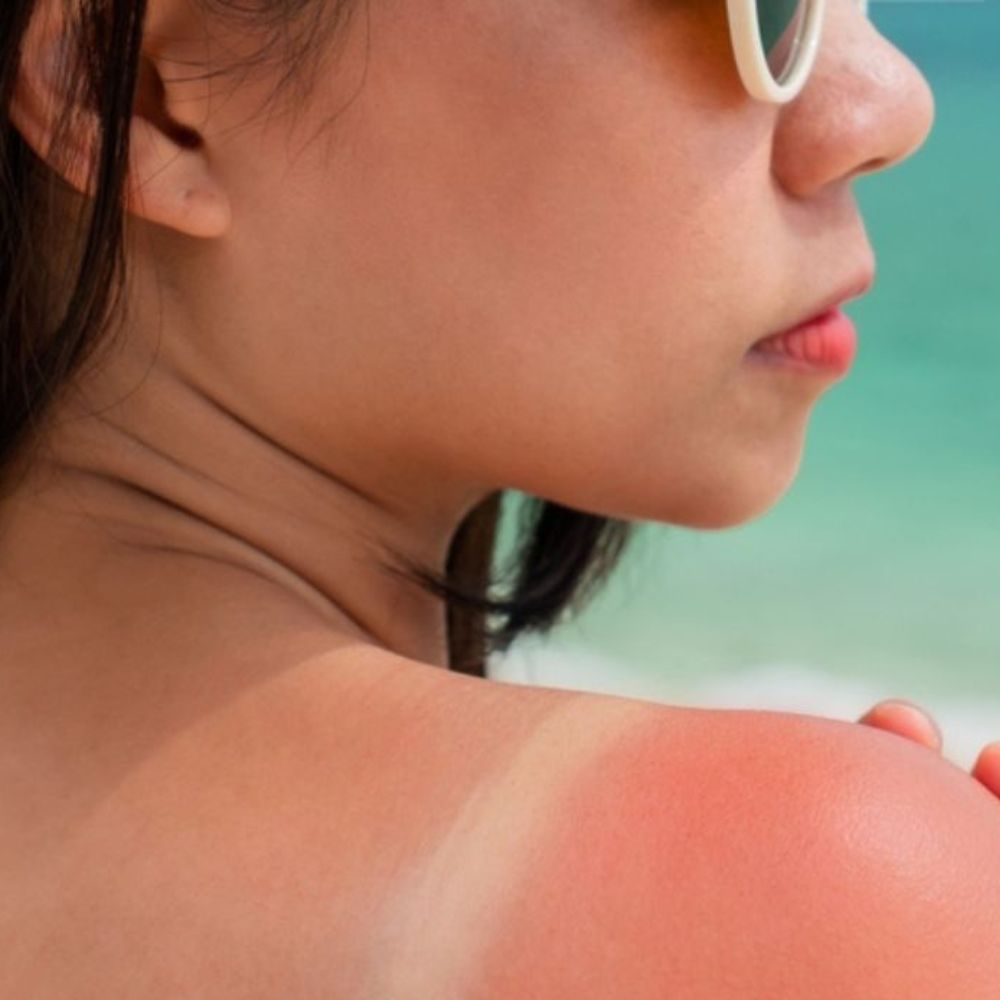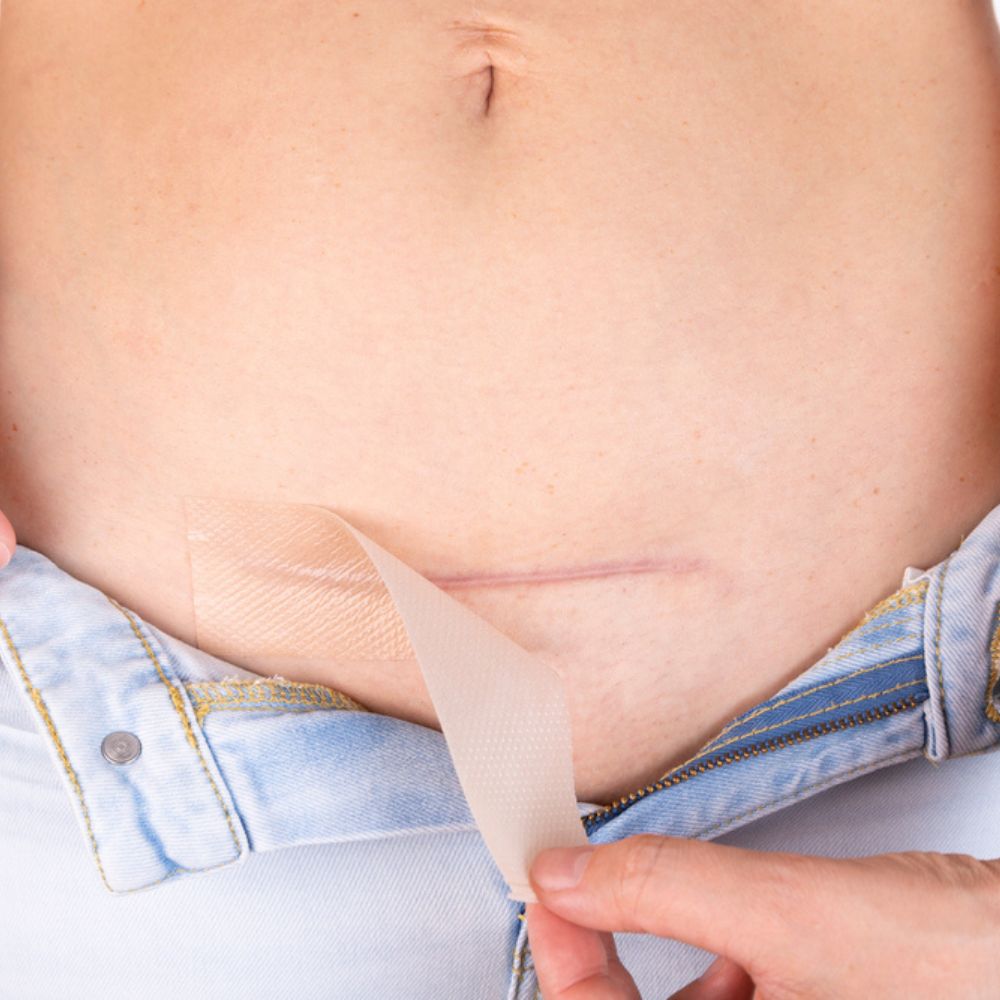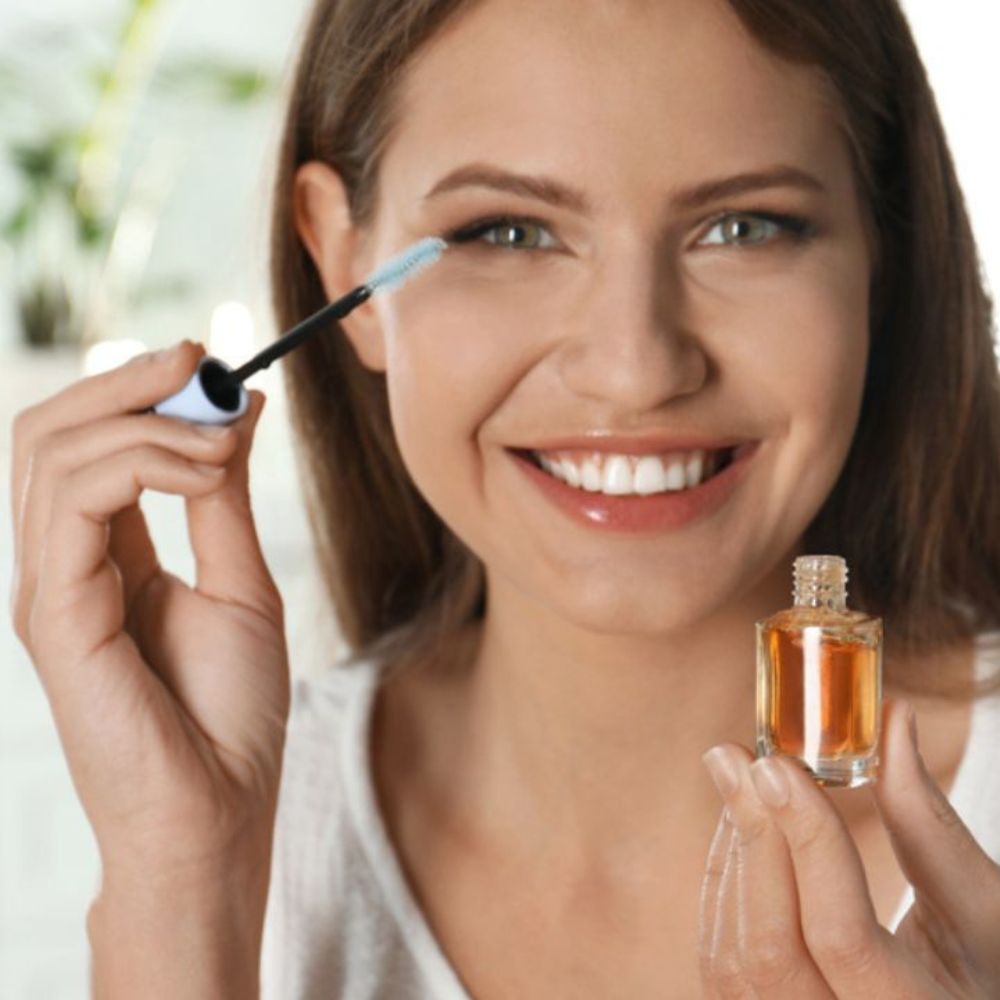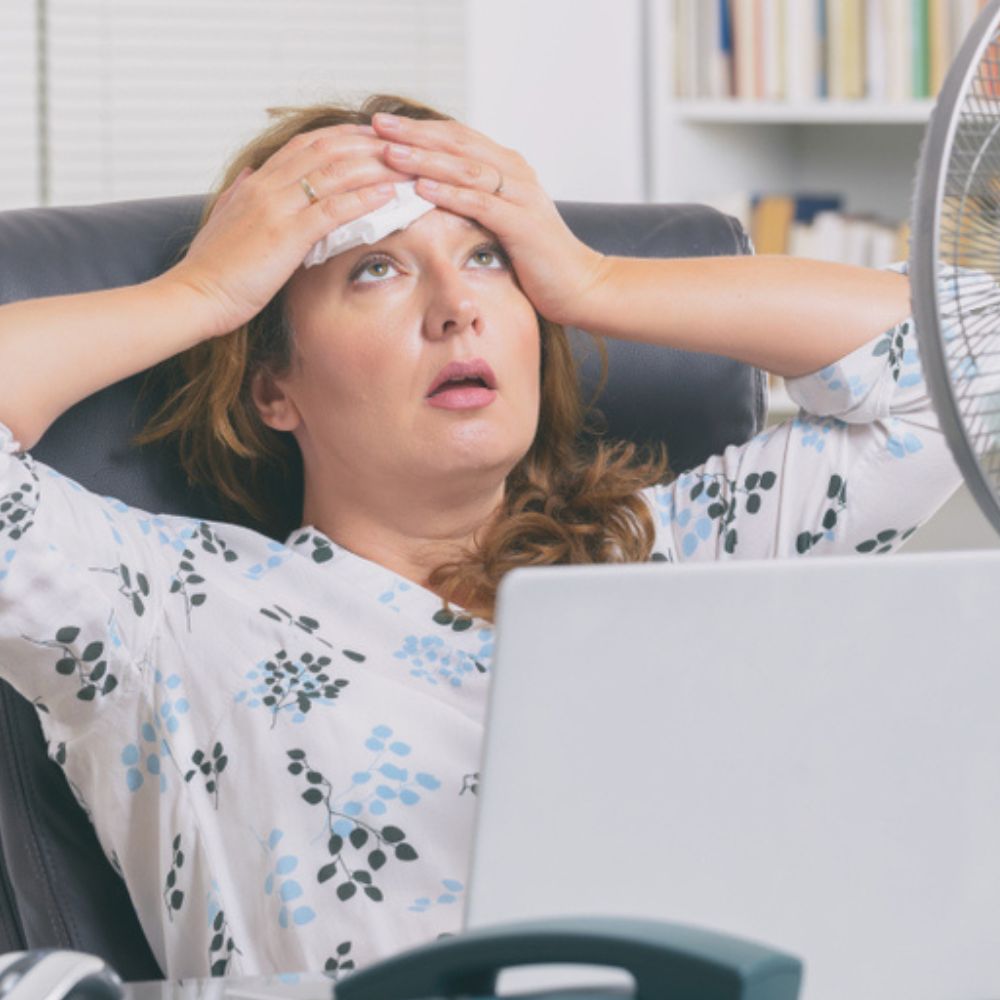How to Get Rid of Chin Acne: Causes, Treatments, And More
Chin acne can not only be a nuisance but can also affect one’s self-image. Discover how to heal the same through prescription and non-prescription treatments.
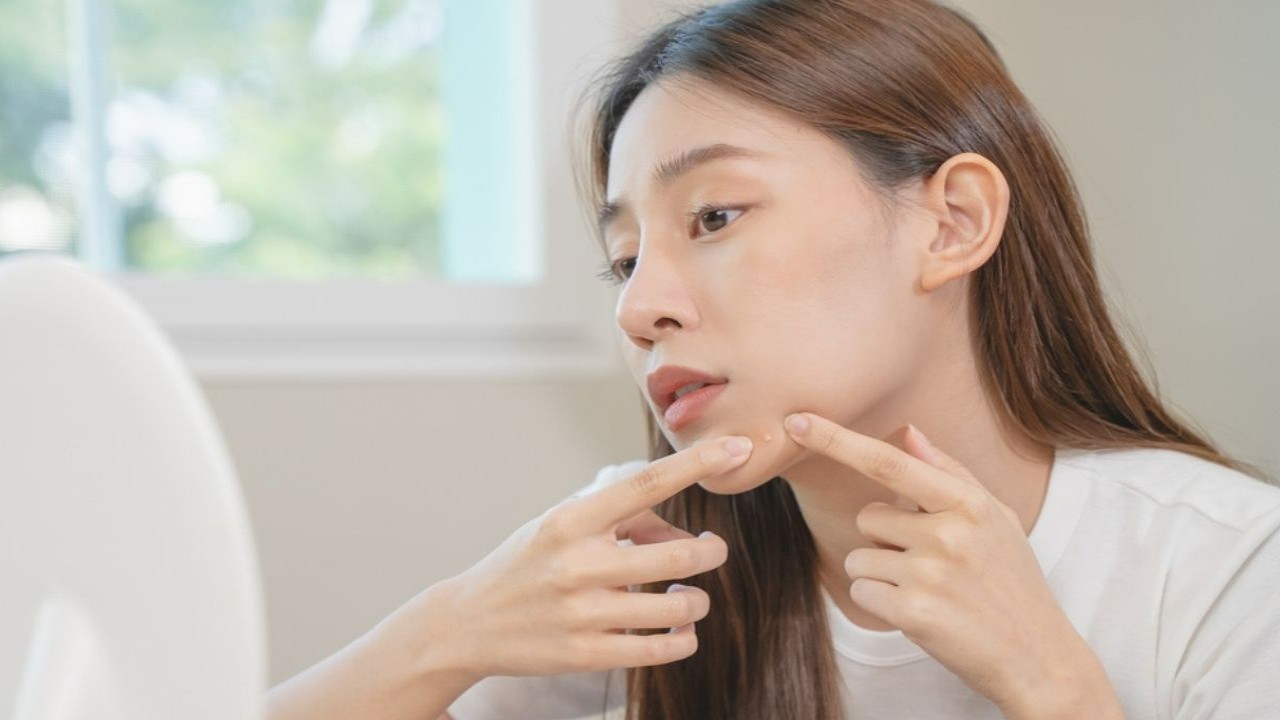
Despite being a common skin condition, acne (acne vulgaris) in general, is a dreaded nuisance on the skin and a hard hit on one’s self-image and confidence. Besides, pesky bumps in the form of papules, pustules, minor zits, whiteheads, or cysts may pain a little and make one extra anxious about touching and exacerbating it, especially if it’s on the chin. While bacteria, excessive oil production, and inflammation are the causes of acne in general, if we map out the regions of the face, we’ll come to understand that acne on the chin may differ a bit from that on the nose, forehead, cheeks, jaw, etc. However, the treatment of the lesion would more or less be the same. This article is an in-depth guide on how to get rid of chin acne through spot treatments, diet, prescription drugs, exfoliation methods, and in-office dermal procedures for safe and effective results. But before we jump into that, let us learn a bit more about the causes of this skin condition.
What Causes Acne on the Chin?

While people with acne-prone skin may notice acne anywhere on the face, a study has found correlations between acne lesions and specific regions where they form. It was discovered that a younger population experienced acne (inflammatory and oil-induced) in the U-zone of the face (including the jawline, chin, and cheeks), whereas an older population experienced it more commonly in their T-zone (including the forehead, nose, and part of the chin) (1).
Another study, suggests that breakouts on the chin and the jaw are, in most cases, hormonal acne (2). Further, anecdotal causes for acne on the chin consist of excess oil production, accumulation of harmful skin bacteria, and exposure to impurities such as dirty pillowcases, face masks, yoga mats, food residue, expired makeup products, etc.
How to Get Rid of Chin Acne Fast And Effectively?
Here are a few measures to get rid of pimples and other breakouts on the chin quickly and effectively.
Spot Treatments:
Usually formulated as ointments, gels, or drying lotions, spot acne treatments typically harness one or two nonprescription active ingredients that take center stage in fighting the pimple, whereas the inactive ingredients facilitate the process and support the skin. These active consist of antibacterials such as benzoyl peroxide and sulfur (or sodium sulfacetamide) or exfoliants such as azelaic acid, salicylic acid, or alpha-hydroxy acids. The following are their functions:
1. Benzoyl Peroxide: Works by fighting acne-causing bacteria and reducing free fatty acids in the skin (3).
2. Sulfur: An age-old treatment in skincare, which works by employing its antibacterial, keratolytic properties to dry out stubborn pimples and cystic breakouts (4).
3. Azelaic Acid: A relatively gentle exfoliant, a 20% concentration of AHA shows excellent antibacterial, comedolytic, antimicrobial, and anti-inflammatory properties to effectively reduce acne (5). Compared to more potent exfoliants, this gentle acid is a great choice for sensitive skin.
Salicylic Acid: A highly popular oil-soluble, comedolytic BHA, salicylic acid works fantastically in eliminating excess oil and impurities from the skin’s pores, thereby reducing acne on the chin (6).
Pimple Patches
Hydrocolloid patches for chin pimples are gaining momentum in the world of skincare. These are gel-based dressings that have an adhesive effect on the pimple and show results in a few hours or overnight. They dry out the lesion to absorb moisture and sebum while blocking access for external bacteria to land on the targeted skin area, thereby speeding up the healing process. A study has even shown that these patches prevent UVB light from impacting the lesion, and show significant improvement (7). There are different types of acne — while a hydrocolloid patch may not be able to work on blind pimples or tiny bumps, they are quite effective on visible papules or pustules.
Proper Exfoliation

When you have acne breakouts on the chin or anywhere on the face, physical exfoliation is a strict no-no as it can exacerbate the condition instead of treating it. However, the use of BHA and some AHAs can be very beneficial in the effective treatment and prevention of acne. There are different types of chemical exfoliants available in the market, so one must be extra careful when choosing a formulation. As azelaic acid is soluble in surfactants over oil or water, using it in a cleanser or toning liquid is a good idea. Salicylic acid is best used in a serum formulation, with a concentration between 0.5% and 2% for safe and effective results. If you’re using AHAs such as glycolic acid or kojic acid, peeling masks, liquids, or gel-based formulas are the way to go.
Collagen Synthesizers
As demonstrated by several dermatologists and researchers, niacinamide and vitamin C are excellent active ingredients that facilitate the treatment of acne. These ingredients soothe the lesion with their anti-inflammatory properties, and fight free radicals with their antioxidant prowess, to prevent exacerbating the condition. Further, by increasing collagen, these actives enhance overall skin balance and strengthen its barrier function (8), (9).
Probiotics
While anecdotal evidence and general notions often correlate the skin with the gut, research indeed demonstrates that the consumption or topical application of probiotics may have something to do with the treatment of acne and skin eruptions on the chin (10). Regardless, good gut health is pivotal for several health-related reasons.
According to Founder Of Alexa Skin, "Chin acne can be healed with the whisper of probiotics, the silent builders of skin harmony. By promoting a microbiome that is in harmony, they create a fabric of well-being that nourishes the skin from the inside out and creates a complexion that is resilient and clear”
Other Remedies
In addition to the above-mentioned non-prescription treatments, the incorporation of qualitative botanicals such as tea tree oil, witch hazel, green tea, bakuchiol, etc. in your skincare routine can be beneficial for acne on the chin, as well as overall skin health.
If your skin is prone to acne, then treating it post-eruption should not be the only skincare measure you take. To maintain skin clearance, prevention is a step one should not take for granted. The following are ways to prevent acne breakouts on the chin and other areas of the face.
How to Prevent Chin Acne?
1. Cleanse Your Face Regularly with a Good Face Wash

Hygiene is the first step to take when dealing with any skin concern, especially acne. Invest in a good sulfate-free and non-comedogenic face wash to cleanse your skin. You can alternate between a hydrating gel-based wash and a mildly exfoliating wash infused with lactic acid or azelaic acid. Take a coin-sized amount in every use, and don’t use the product more than 1-2 times a day. If you need to, invest in a gentle toner to balance your skin’s pH or resurface it for a smoother texture.
2. Exfoliate Your Skin Regularly
When using strong exfoliants, such as salicylic acid, it is best to limit the application to 1-3 times a week, depending on your skin’s tolerance. However, you can use gentler exfoliants, such as azelaic acid or mandelic acid every day for best results. Avoid over-exfoliation at all costs, as that can lead to hives, inflammation, photosensitivity, etc.
Alexandra Petrou says, “Exfoliation reveals the glowing canvas beneath, acting as a gentle sculptor of skin rejuvenation. It gently banishes chin acne, paving the way for change and displaying a complexion restored and unencumbered by flaws."
3. Support Your Skin Barrier
Exfoliation should mandatorily be followed by replenishing the skin barrier. In a nutshell, the skin barrier consists of collagen, ceramides, lipids (fatty acids), proteins, and most importantly the stratum corneum — composed of dead skin cells (11), (12). Abrading this barrier to treat acne can result in compromised skin, and hence, should be nourished with a moisturizer. Ensure your moisturizer is labeled as non-comedogenic when used on acne-prone skin.
4. Monitor Your Skin Exposure:
Cleanse your pillowcases, sheets, fitness mats, makeup brushes, etc., from time to time to prevent impurities from coming in contact with your skin. Moreover, always wear a non-comedogenic sunscreen and topical antioxidants before stepping out to protect your skin.
5. Limit Foods with a High Glycemic Index

While this may not be the cause, foods with a high glycemic index are notorious for exacerbating existing acne by causing excessive sebum production in the skin (13). Hence, it is best to limit their consumption. Eat an anti-acne diet if you are prone to pimples and acne.
Further, there are factors beyond our control that may lead to breakouts on the chin and other areas, such as genetics, severe pollution, PMS, etc. In such cases, while we can wait for the lesion to heal naturally, dermatologist prescriptions and in-office dermal procedures are the final resort to get rid of stubborn chin acne and acne scars.
Prescription And In-office Treatments for Chin Acne

Sometimes, over-the-counter products are not sufficient to treat severe acne. The following are some prescription medicines (oral and topical treatments) as well as dermal procedures you should know about.
Prescription Drugs:
1. Retinoids: Dermatologists and skin experts commonly prescribe topical retinoids (vitamin A derivatives) such as adapalene, tretinoin, etc., for acne treatment for their comedolytic and antimicrobial properties. These actives also exhibit some anti-inflammatory effects on painful pimples. Moreover, they are effective in reducing micro-comedones — early accumulation of dirt, debris, and oil in the pores of the skin, which inevitably leads to the formation of acne (14).
2. Oral Antibiotics: Antibiotics such as doxycycline, minocycline, and sarecycline are commonly prescribed for oral consumption for the treatment of acne. These prescription medicines work by reducing bacteria and inflammation, which are the underlying causes of most acne (15).
In-office Procedures:
1. Laser Or Light therapy: Certain wavelengths of visible blue and red light are used to treat facial acne such as papules and pustules, as they are known for having anti-inflammatory effects on them. However, they may not be effective on nodules, cysts, whiteheads, or blackheads.
2. Extraction: For acne such as whiteheads and blackheads, extraction therapy is used, which is a way to physically or chemically draw out these clogged comedones from inside the skin’s pores.
3. Microdermabrasion: To treat and prevent mild zits or comedones, microdermabrasion is a common practice in dermatology. However, this procedure is not employed in cases of inflamed acne, such as papules.
For cystic acne, other procedures such as corticosteroid injection and hydrafacial procedures may be practiced. Employing chemical peels is another common procedure practiced on people with acne-prone skin.
Conclusion
While spot reduction skincare products are extensively available in the market, simply using those isn’t a proper approach to acne treatment. It all starts with prevention, including practicing skin hygiene and eating a healthy diet with a low glycemic index. Then, you can incorporate chemical exfoliation and overall skincare, as the first line of treatment. It is ideal to visit a dermatologist only after you’ve patiently maintained a healthy skincare routine for months, and the issue still persists. Also, no matter how stubborn the condition may seem, be very careful to not overuse exfoliants or any potent active ingredients as that may do more harm to your skin than good.
ALSO READ: How to Exfoliate the Legs — Steps, Benefits, And Precautions





 JOIN OUR WHATSAPP CHANNEL
JOIN OUR WHATSAPP CHANNEL





































